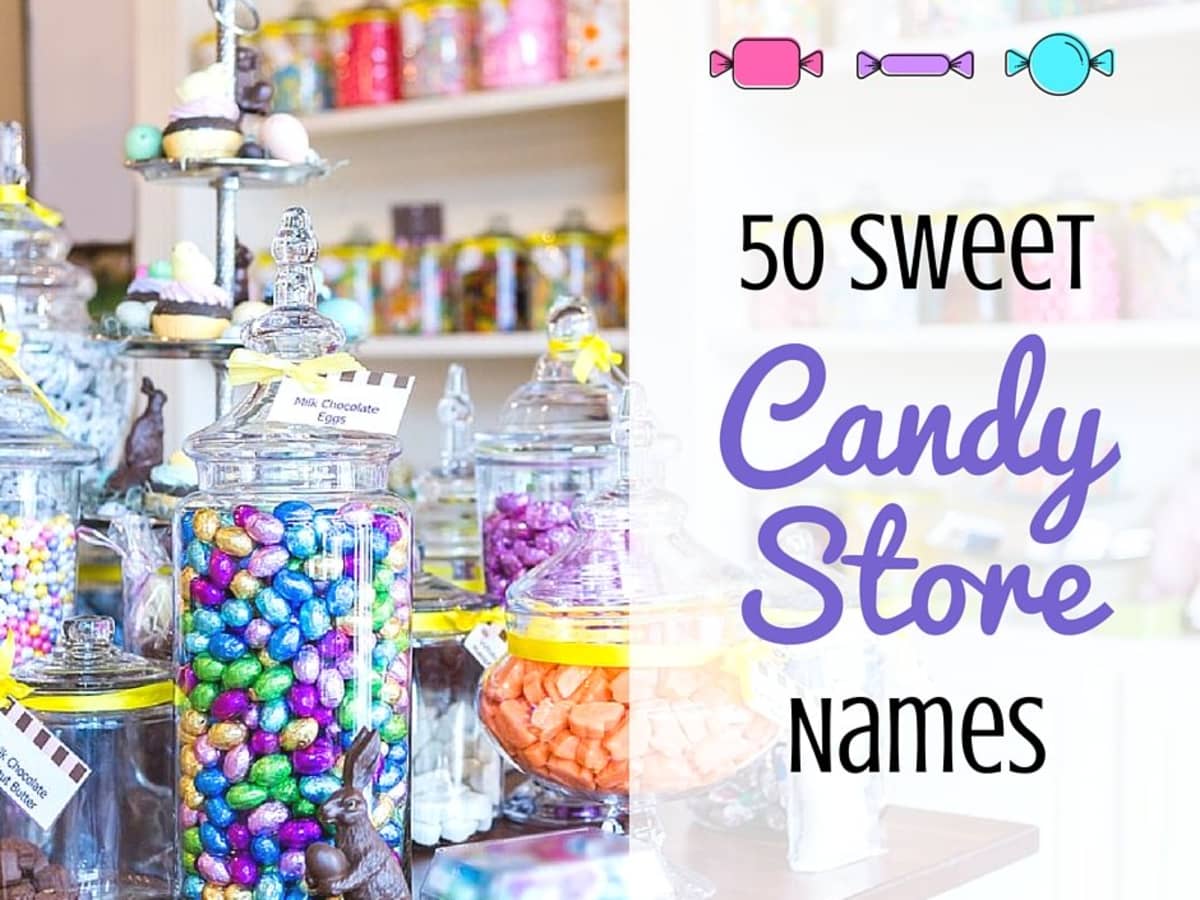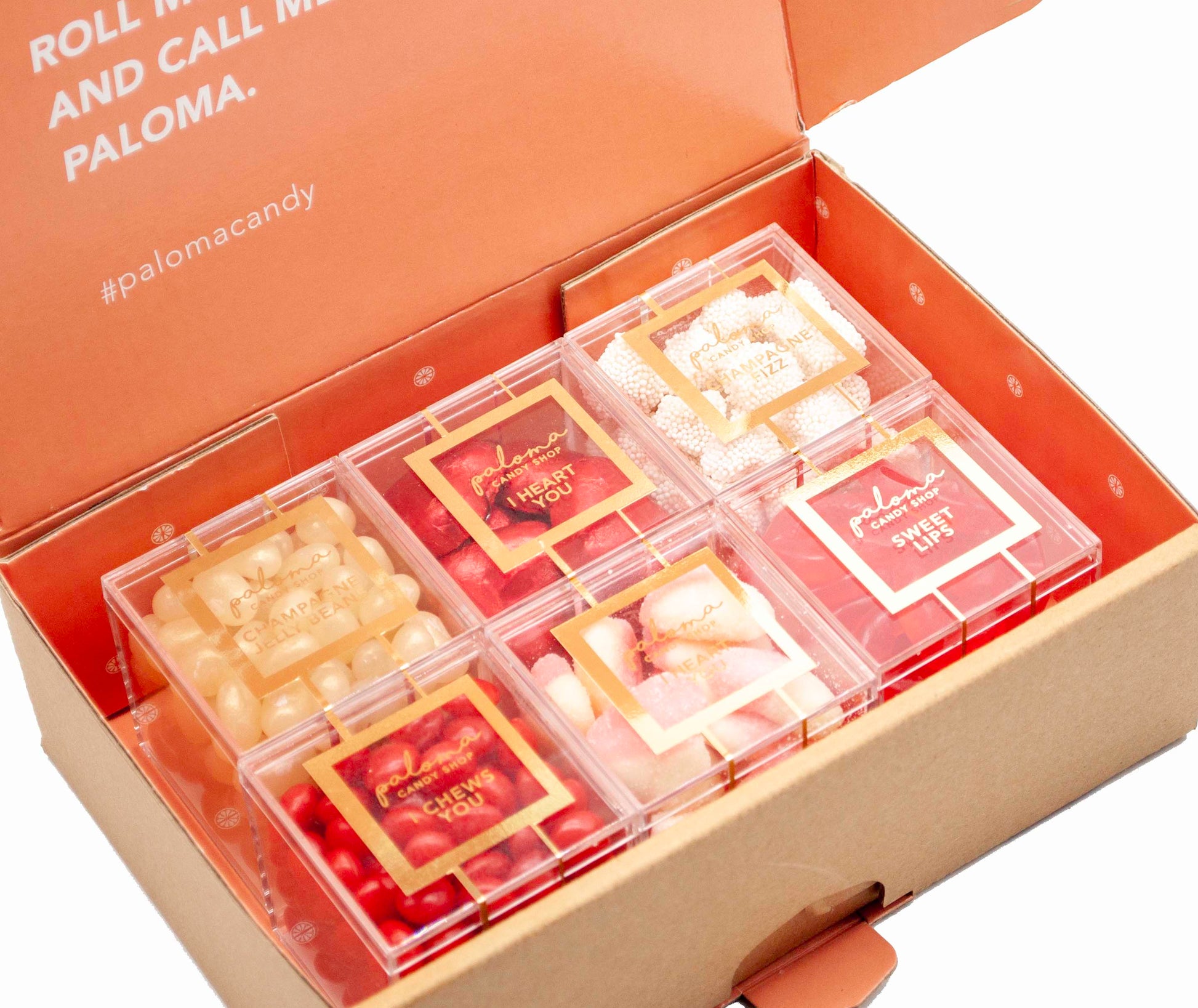The Only Guide to I Luv Candi
The Only Guide to I Luv Candi
Blog Article
7 Easy Facts About I Luv Candi Described
Table of Contents9 Simple Techniques For I Luv CandiThe Definitive Guide to I Luv CandiThe Best Guide To I Luv CandiThe Basic Principles Of I Luv Candi I Luv Candi - Truths
We've prepared a great deal of business prepare for this type of job. Here are the typical client sectors. Consumer Section Description Preferences How to Find Them Children Youthful customers aged 4-12 Colorful sweets, gummy bears, lollipops Companion with regional schools, host kid-friendly occasions Teens Adolescents aged 13-19 Sour sweets, novelty items, trendy treats Engage on social media, team up with influencers Parents Adults with kids Organic and healthier alternatives, classic candies Offer family-friendly promotions, market in parenting magazines Pupils School pupils Energy-boosting sweets, inexpensive snacks Partner with close-by campuses, advertise throughout test durations Present Buyers People searching for presents Costs delicious chocolates, gift baskets Create appealing display screens, offer adjustable gift choices In assessing the economic dynamics within our sweet-shop, we've located that clients typically spend.Monitorings show that a typical client often visits the shop. Particular durations, such as vacations and unique celebrations, see a surge in repeat check outs, whereas, during off-season months, the frequency could dwindle. carobana. Calculating the life time value of an average customer at the sweet store, we approximate it to be
With these variables in consideration, we can deduce that the average income per consumer, over the program of a year, hovers. The most rewarding clients for a sweet store are commonly families with young youngsters.
This market has a tendency to make constant acquisitions, raising the store's earnings. To target and attract them, the sweet-shop can employ vibrant and lively advertising and marketing approaches, such as dynamic screens, appealing promos, and probably even hosting kid-friendly events or workshops. Creating a welcoming and family-friendly atmosphere within the shop can additionally enhance the overall experience.
Fascination About I Luv Candi
You can likewise estimate your very own income by applying different assumptions with our financial plan for a sweet-shop. Average monthly revenue: $2,000 This kind of sweet-shop is frequently a small, family-run service, possibly known to residents however not bring in great deals of visitors or passersby. The shop might use a selection of usual sweets and a few homemade deals with.
The shop doesn't normally lug unusual or pricey products, concentrating instead on budget-friendly treats in order to keep routine sales. Thinking an ordinary spending of $5 per customer and around 400 clients per month, the monthly profits for this sweet-shop would certainly be around. Average monthly profits: $20,000 This sweet-shop take advantage of its critical area in an active metropolitan location, bring in a huge number of clients seeking pleasant indulgences as they go shopping.
In addition to its varied sweet selection, this shop may also sell relevant items like present baskets, candy bouquets, and uniqueness items, giving several income streams - spice heaven. The shop's place calls for a higher spending plan for rental fee and staffing but leads to higher sales quantity. With an estimated typical spending of $10 per customer and regarding 2,000 customers each month, this shop might produce
Getting My I Luv Candi To Work
Located in a major city and visitor destination, it's a large establishment, usually spread out over numerous floors and perhaps part of a national or global chain. The store offers an enormous range of candies, including exclusive and limited-edition products, and merchandise like branded clothing and accessories. It's not just a shop; it's a location.
The operational prices for this kind of shop are substantial due to the location, dimension, team, and features used. Assuming an ordinary purchase of $20 per consumer and around 2,500 clients per month, this flagship store can accomplish.
Category Instances of Costs Typical Regular Monthly Expense (Variety in $) Tips to Lower Costs Lease and Utilities Shop lease, electricity, water, gas $1,500 - $3,500 Think about a smaller area, bargain rental fee, and use energy-efficient lighting and home appliances. Inventory Candy, treats, product packaging materials $2,000 - $5,000 Optimize stock administration to reduce waste and track popular products to stay clear of overstocking.
Advertising And Marketing and Marketing Printed matter, online advertisements, promotions $500 - $1,500 Concentrate on affordable digital marketing and use social media sites systems totally free promotion. spice heaven. Insurance Organization obligation insurance policy $100 - $300 Search for competitive insurance coverage rates and consider bundling plans. Equipment and Maintenance Sales register, display racks, repair services $200 - $600 Buy previously owned equipment when feasible and carry out routine upkeep to prolong devices life expectancy
Our I Luv Candi Ideas
Credit Scores Card Processing Fees Costs for processing card settlements $100 - $300 Work out lower processing charges with settlement processors or discover flat-rate options. Miscellaneous Office products, cleansing materials $100 - $300 Purchase wholesale and search for price cuts on supplies. A sweet-shop becomes successful when its overall revenue exceeds its complete fixed costs.

A large, well-located sweet shop would clearly have a greater breakeven point than a little shop that doesn't require much revenue to cover their expenses. Interested regarding the productivity of your sweet store?
I Luv Candi for Dummies

Finally, financial declines that decrease consumer investing can impact candy shop sales and profitability, making it vital for sweet-shop to manage their expenditures and adapt to transforming market problems to remain profitable. These dangers are usually included in the SWOT evaluation for a sweet-shop. Gross margins and web margins are key signs used to determine the earnings of a sweet-shop organization.
Basically, it's the earnings continuing to be after subtracting costs directly pertaining to the sweet supply, such as acquisition costs from distributors, manufacturing costs (if the candies are homemade), and staff incomes for those associated with manufacturing or sales. Web margin, on the other hand, factors in all the costs the sweet shop sustains, including indirect expenses like administrative expenditures, marketing, rent, and taxes.
Candy stores generally have an average gross margin.For circumstances, if your candy store earns $15,000 per month, your gross earnings would certainly be roughly 60% x $15,000 = $9,000. Take into consideration a sweet store that offered 1,000 candy bars, with each bar valued at $2, making the overall earnings $2,000.
Report this page